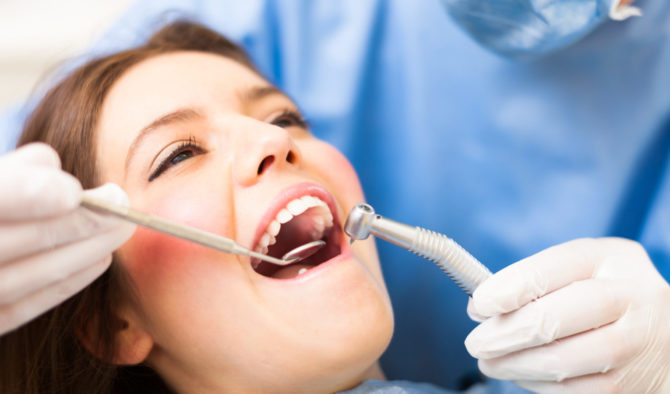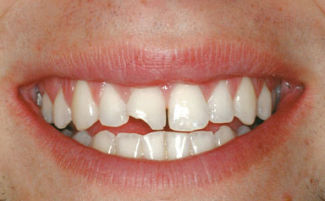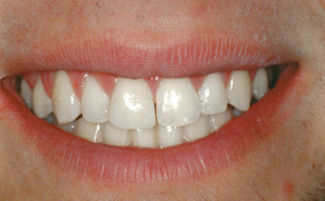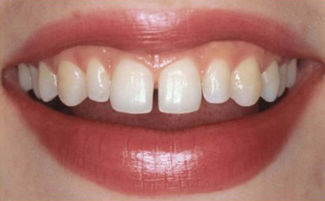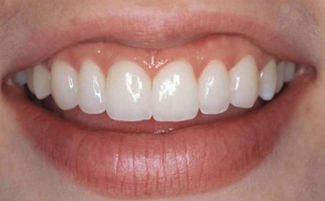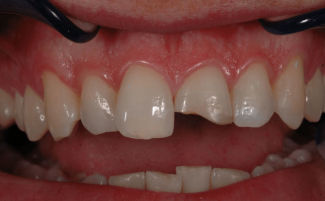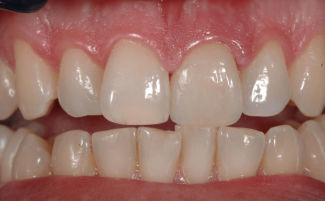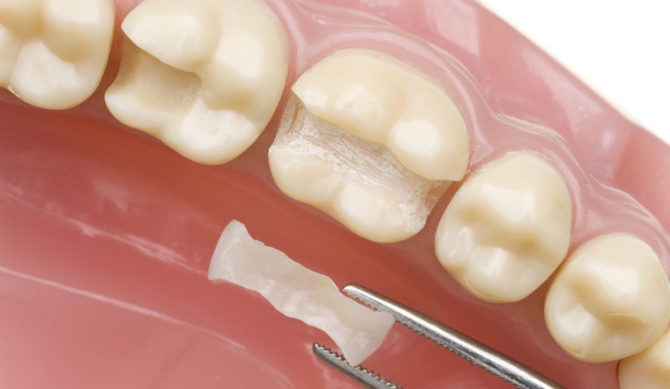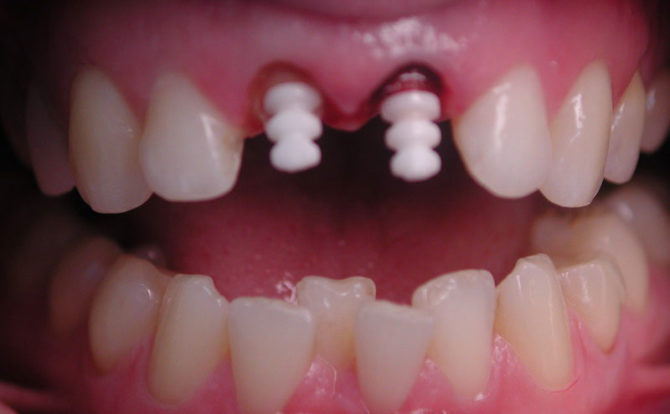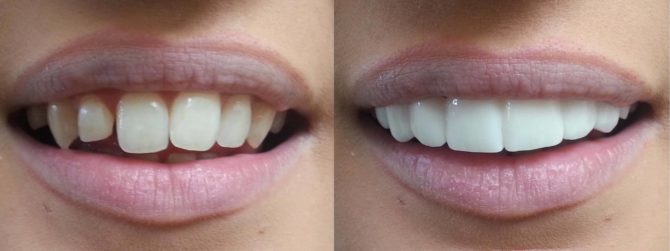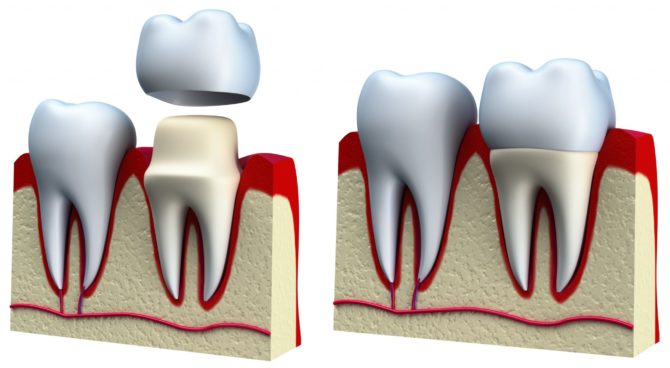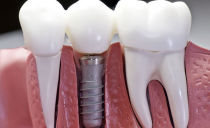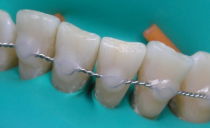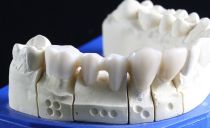Tooth restoration - before and after pictures, types of restoration
Aesthetic restoration of teeth is one of the most popular services in the field of cosmetic dentistry. Thanks to this procedure, it is possible to restore the beautiful appearance of a smile - the shape of the teeth, their natural color and shade are restored, the broken anatomical and functional features of the dentition are corrected. This means that a person can again chew food qualitatively, speech, diction, articulation are normalized. However, not many people know what artistic restoration of teeth is, what methods of restoration of the dentition exist and are used by dentists around the world.
In modern dentistry are used different methods of tooth restoration. The choice of treatment strategy and tactics, correction methods depends on the specific situation, financial and time possibilities of the patient.
Content
Aesthetic restoration - concept and goals
First you need to clarify what tooth restoration is and when it is needed.
The term "restoration" means the restoration of the destroyed element or improve its appearance. Goals that can be achieved after the procedure:
- Complete build-up of damaged tooth / tooth tissue.
- Correction of the form - the width, height of the element of the dentition, the elimination of curvature or cracks between the teeth.
- Correction of appearance - you can restore the natural shade of the tooth, eliminate darkening or discoloration of enamel and dentin. Also, minor violations in the structure of the hard tissues of the tooth - chips, cracks, bumps - are subject to aesthetic adjustment.
- Correction of the incorrect location of the tooth in the dentition.
As a result of the procedure, a damaged tooth becomes completely identical in color and transparency to neighboring teeth, its integrity, correct shape, and functionality are restored. You can see how teeth look before and after restoration in our gallery.
Unlike other dental procedures
When a client of a dental clinic sees a photo of the result of an artistic restoration of teeth, he realizes that his problem can be solved easily, quickly and in full. But sometimes the patient has a question, how is the restoration different from simple filling or prosthetics, implantation. Dentists assure that the difference is not great and these procedures are to some extent identical, because they allow you to achieve the same goal.
The use of modern filling and other materials opens up a wide field of activity for aesthetic restoration. You need to look at the results of tooth restoration, compare the photos before and after - there is practically no difference between restored and healthy teeth. Color, shape, evenness of the dentition - everything looks aesthetically and naturally.
An ordinary filling restores the chewing surface, but can be quite noticeable on the front teeth - incisors, fangs. In addition, many people opt for aesthetic restoration, even when it comes to chewing elements - molars, permolars. Indeed, the use of innovative technologies and modern materials allows you to install not only "invisible", but also durable, reliable structures.And in comparison with implantation, restoration is much less traumatic and more economical in financial terms.
There are some contraindications to the restoration. Therefore, before planning the procedure, be sure to consult your dentist and check the history, presence or absence of restrictions.
Contraindications
Some types of aesthetic restoration are not carried out (or have limitations) to people who have the following diseases / conditions:
- Individual sensitivity or allergy to the materials / drugs that are used during the procedure.
- Pregnancy.
- Infectious, tumor diseases, rehabilitation period.
- Direct bite or tendency to excess abrasion of hard tooth tissues.
- The tendency to gnash teeth.
- Sanitation of the oral cavity, the presence of diseases of the gums or soft tissues of the oral cavity is required.
Some of these contraindications can be easily eliminated. Preliminary preparation - implantation, caries treatment, selection of alternative materials makes it possible to carry out restoration without restrictions and risk.
Types and methods of aesthetic restoration
Types of restoration is a division of restoration methods into categories depending on whether or not the manufacture of dental structures / prostheses is required in the laboratory.
All types of tooth restoration can be divided into two categories - direct and indirect restoration.
Direct restoration includes methods such as correction using composite materials, installation of tabs, pins.
Indirect restoration is a gentle form of prosthetics. This method involves the installation of crowns, veneers, lumineers.
Both types of tooth restoration have their own indications and benefits.
Direct restoration
Direct restoration of teeth is a dental operation that is carried out directly in the oral cavity, that is, it does not require the preparation of materials and structures in the laboratory (except for tabs, which, despite the fact that they belong to the direct type of restoration, are still made by the prosthetist).
The restoration process, called direct restoration, has the following advantages:
- This is fast, usually requiring one or more visits to the dentist. The design needed to restore the tooth is made by the doctor during the appointment or by the prosthetist.
- Does not require significant preparation of the tooth surface.
- In most cases, a tooth can be restored without anesthesia or with minor anesthesia.
- A relatively financially inexpensive method.
- The filling material is installed securely. If the procedure is carried out by a specialist, its loss, deformation or destruction over a period of at least 5 years is excluded.
- Different methods of direct restoration of teeth make it possible to restore both facial and chewing surfaces. Correction and restoration of crooked teeth is possible.
The materials that are used during various methods of direct restoration have excellent characteristics of wear resistance, resistance to damage, scratches, and the action of abrasives. They are not rejected by the patient’s body, unlike implants.
Composite
Composite restoration of teeth is a direct restoration with filling composite materials, that is, that which is carried out using modern photopolymers, nanocomposites and heliocomposites. They are applied in layers to the problem area of the front of the tooth. Each layer is carefully dried with a special lamp.
For facing chewing surfaces, such a method as composite restoration is not used, since the material has high aesthetic qualities, but is not intended to resist chewing load.
Depending on the complexity of the work, one tooth can take different times - from 30 to 60 minutes.
Tabs
Tooth restoration using inlays is a direct restoration method that is suitable for facing chewing surfaces, as well as for significant damage to the crown. The tab is a type of seal, only in its manufacture higher-quality, modern and reliable materials are used, it can fill a more significant and extensive recess. The tab fills the tooth cavity prepared for the procedure, and from the outside it completely reproduces its chewing surface, restoring the chewing function, preventing the change in the occlusion.
You can also achieve an excellent aesthetic effect from the use of the tab, because some materials allow you to simulate the color and structure of the natural coating of the tooth, make the presence of such “fillings” invisible to others.
How to restore teeth with tabs? The procedure for setting tabs suggests that you will need several visits to the clinic:
- At the first stage, the dentist eliminates caries or drills an old filling, prepares the tooth for micro prosthetics, makes an accurate impression of the cavity, puts a temporary seal.
- The prosthetist makes an individual tab for each tooth.
- During the second visit to the dentist, the finished tab is inserted into the cavity and the finishing work.
The obvious advantage of the tabs is a wide selection of materials for their manufacture. From the cheapest, but very strong and durable metals that do not perform aesthetic functions to the most expensive, reliable porcelain and ceramics.
Pins
In cases where the destruction of the crown is significant and composite restoration, overlapping tabs are not possible, the dentist resorts to installing pins with the subsequent extension of the artificial tooth.
Restoration using pin structures is not an independent type of restoration, but a necessary initial, preparatory stage. At this stage, the base for the installation of a crown or a large tab is formed. The method has found wide application, as it allows you to make any design on the front, chewing teeth and fangs more stable and reliable. The advantage of this method is that there is no need to always completely remove the damaged element of the dentition.
How to restore teeth using pins? It is good enough to clean healthy tissues, remove caries, and prepare the root canal. Then a pin is installed in the channel, and depending on the situation, either a tab or a crown is built on it.
If the patient is allergic to metal, then the use of such restoration material as metal pins is impossible. But there is an alternative - fiberglass rods.
Indirect Restoration
Indirect restoration of teeth is a dental operation that is carried out in several stages by an orthopedic dentist. Designs to restore the integrity of an individual element or the entire dentition are usually made using a prosthetist. Depending on the situation, such restoration material as:
- Crowns (bridge construction).
- Veneers.
- Lumineers.
Veneers and lumineers - this is the most aesthetic option that is used to hide the external defects of enamel, a crooked tooth can also be fixed with veneers.
Crowns and bridges are used on chewing surfaces, with significant damage to a natural crown or complete absence of a tooth.
Veneers
Tooth restoration using veneers is a method that involves the manufacture and firm attachment of a special lining to the tooth surface that returns it to an attractive appearance. Veneers can not only improve the appearance of the tooth, but completely change its size and shape, hide cracks, irregularities and curved elements.
To install such a special coating, it may be necessary to grind off the enamel, which is not very pleasant. But the result will please for many years - with proper and careful handling - up to 10 years. The procedure for the manufacture and installation of veneers:
- Enamel is grinding off.
- A cast is taken, which is transmitted to the laboratory.
- Veneers with the help of special cement are firmly and reliably fixed on the patient's teeth.
Thin veneers are very susceptible to stress and may break or crack. Therefore, chewing loads on the front teeth on which they are installed must be avoided.
Lumineers
What is tooth restoration with lumineers? Lumineers are a “lightweight” version of veneers. Between them there are the following differences, lumineers:
- Thinner and lighter.
- They do not require dental plating when installing.
- It can be removed (in the clinic), the teeth will have the same appearance as before the procedure.
- They are not attached to cement, but to a special gel that additionally fluorinates teeth.
The choice between veneers and lumineers depends on the goals, preferences and financial capabilities of the client.
Fixed crowns
Indirect restoration of teeth using crowns is a dental method of restoring the integrity of the dentition when there is significant damage to the natural crown. Different materials are used for prosthetics using crowns. However, the most aesthetic and durable is ceramic or cheaper metal ceramics.
Crowns are even made of special plastic. The main plus is the affordable price of such a prosthetics. The main disadvantage is the fragility of the structure. Such crowns lose their aesthetic and functional characteristics after 12-19 months.
The process of making crowns takes about 7 days. The procedure is the same as in the production of veneers. To make the prostheses comfortable and naturally look, they carefully grind the enamel before making an impression.
Initially, crowns are placed for 7 days, during which time the doctor and client are convinced that this type of restoration and the crowns themselves are ideal and do not cause discomfort or complications. After this, the crowns are fixed with special cement on an ongoing basis.
The restoration of teeth using crowns on an ongoing basis does not provide for the mobility of the structure. That is, the crown cannot be removed, it is stable and does not require additional care, unlike removable dentures.
We examined what is the artistic restoration of teeth, what types and methods of restoring the aesthetic and functional characteristics of the dentition are. It remains to determine the type of procedure and the dental clinic in Moscow or another city where the restoration of the teeth will be carried out quickly, efficiently, with a guarantee of an excellent result for many years.
Video: what destroys your teeth

